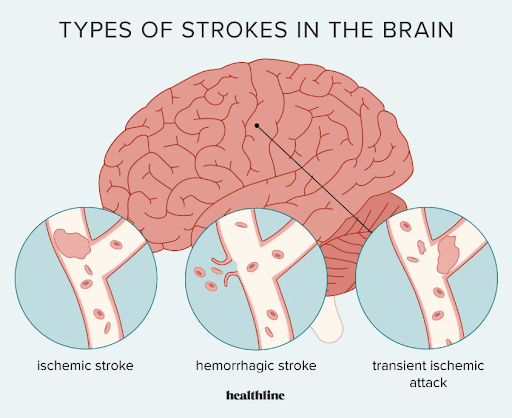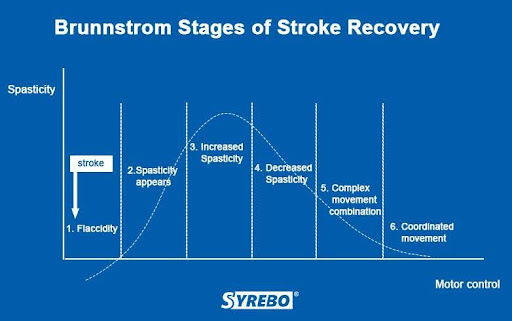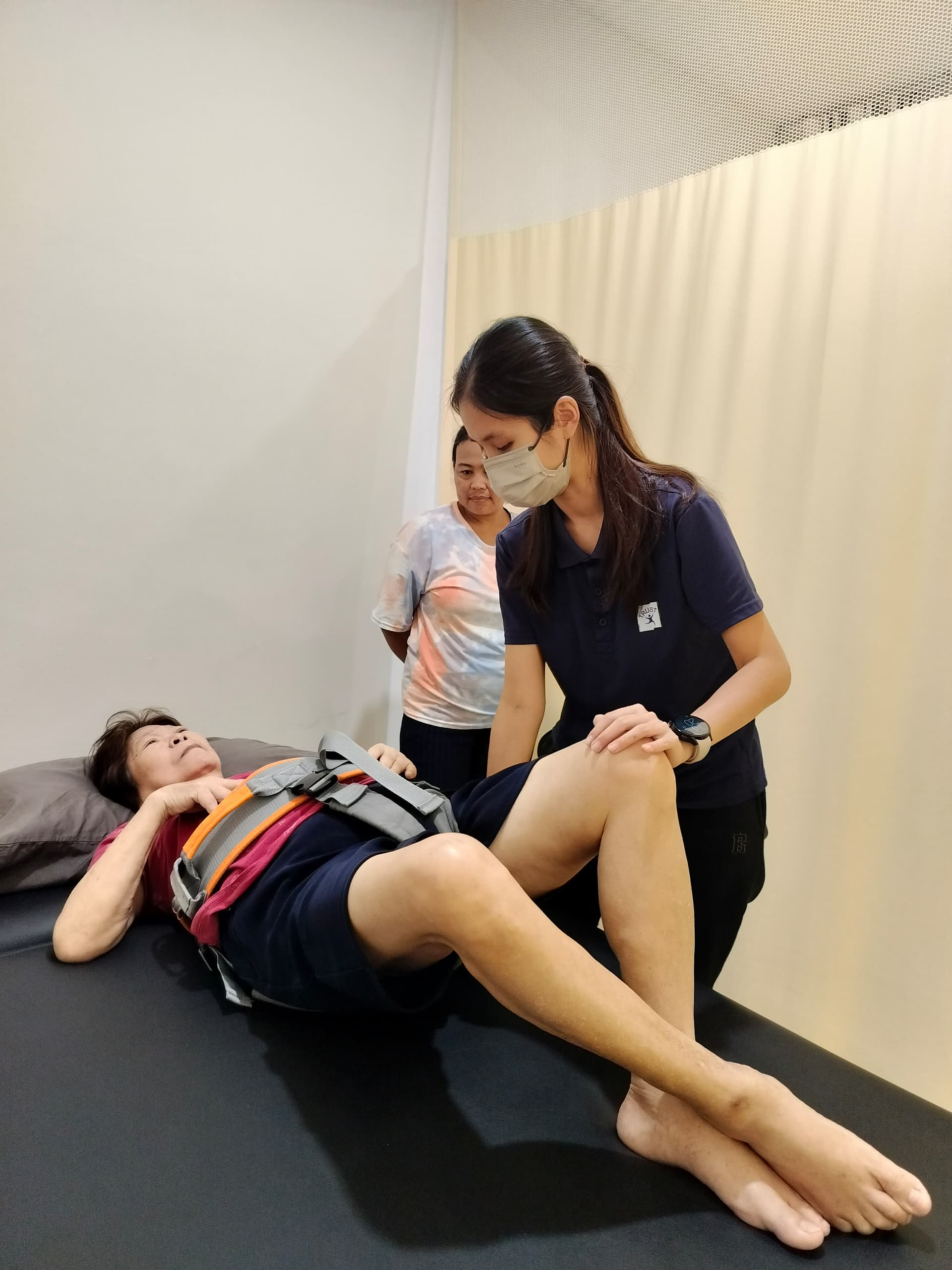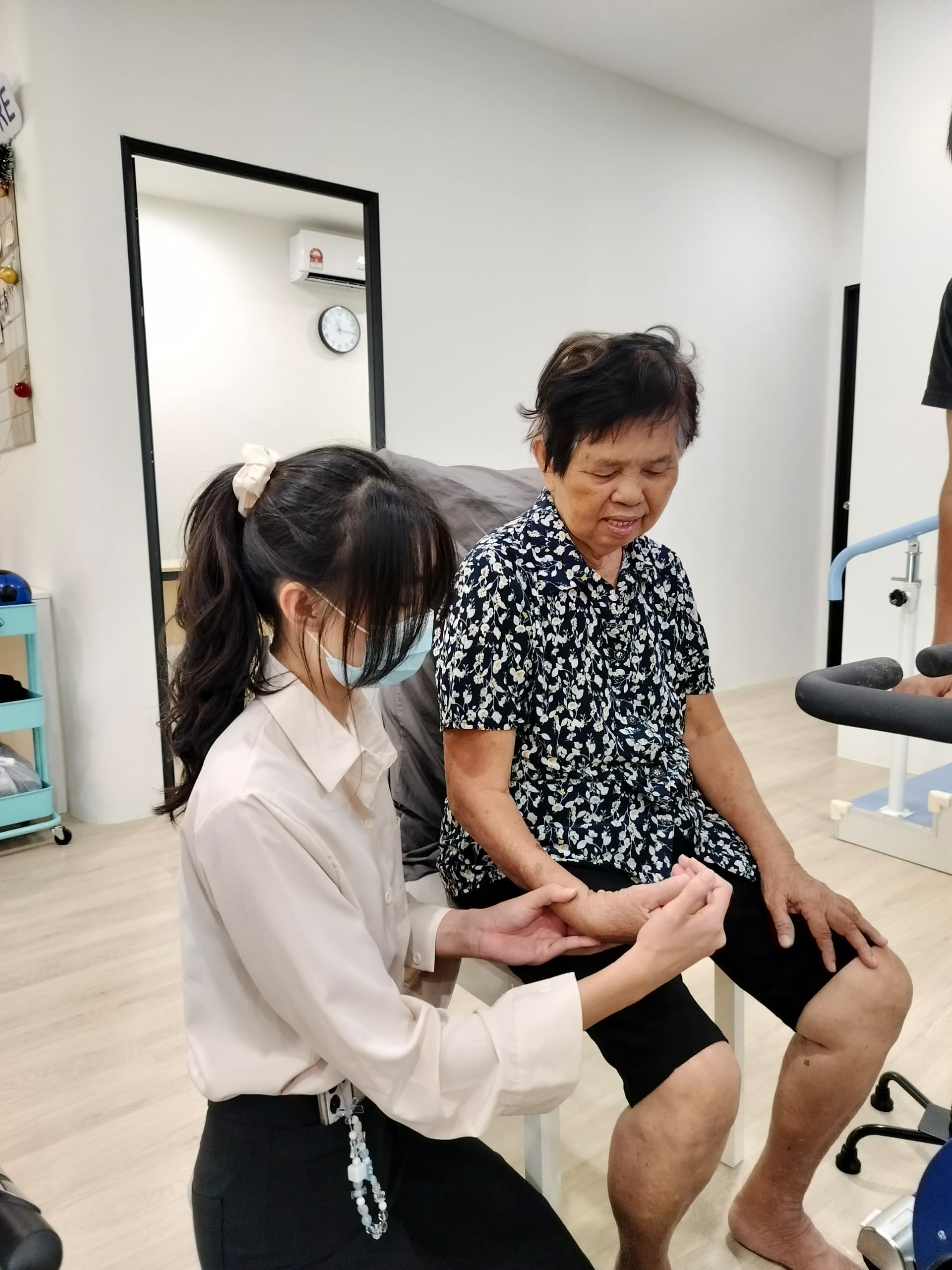Stroke: What You Need to Know
|
| A clinically defined syndrome known as stroke involves an acute, focal neurological deficit resulting from vascular injury (infarction, hemorrhage) within the central nervous system. This neurological disorder is characterized by blockage of blood vessels. Clots develop in the brain, disrupting blood flow, obstructing arteries, and causing the rupture of blood vessels, which leads to bleeding. When arteries supplying the brain rupture during a stroke, it results in the abrupt death of brain cells due to insufficient oxygen.
|
|
|

|
|
|
Globally, stroke ranks as the second primary cause of death. It impacts nearly 13.7 million individuals and results in approximately 5.5 million fatalities each year. Ischemic infarctions account for about 87% of all strokes, a significant rise observed from 1990 to 2016, linked to enhanced clinical interventions and lower mortality rates.
Stroke is not merely one disease; rather, it can arise from various risk factors, disease processes, and mechanisms. Among these, hypertension stands out as the most significant modifiable risk factor for stroke, though its impact varies across different subtypes.
|
|
|
|
| The risk factors for stroke are modifiable, and some are non-modifiable:
|
| Non-Modifiable Risk Factors
|
- Age
- Sex
- Race/Ethnicity
- TIA
- Genetics
|
| Modifiable Risk Factors
|
- Hypertension
- Smoking
- Alcohol and Drug Abuse
- Physical Inactivity
- Hyperlipidaemia
- Diet
- Diabetes Mellitus
- Atrial Fibrillation
- Genetics
|
|
|
|
Stages of Stroke Recovery
|
| Signe Brunnstrom, a physical therapist, created a tool designed to track an individual's recovery progress. This tool divides the recovery journey into six distinct stages, each with specific identifying characteristics. The process of recovering from a stroke is intricate and may span months or even years. Generally, the most notable advancements are observed within the initial 3 to 6 months. The six stages are as follows:
|
|
|

|
|
|
Stage 1: Flaccidity
In the initial phase, an individual cannot move their muscles, often appearing limp and floppy.
Stage 2: Onset of spasticity
A person’s muscles may now tighten involuntarily in response to a stimulus, such as a prod with a finger. However, the person may also have difficulty relaxing their muscles.
Stage 3: Increased spasticity
Some of the person’s muscles begin to tighten. It may be even harder to relax the muscles.
However, a person may now have voluntary control over some of the basic muscle groups to manage limb movement, known as limb synergies.
Stage 4: Decreased spasticity
During this stage, involuntary muscle tightening decreases. The brain gets better at sending signals to specific muscles to move them voluntarily.
Stage 5: Increased complex voluntary movements
With involuntary muscle tightening now at a minimum, a person becomes more capable of performing complex muscle movements voluntarily.
Stage 6: Spasticity disappears, and coordination returns
A person’s control of their movements almost fully returns to typical function. Involuntary muscle tightening disappears, and the person’s movements become more coordinated.
|
|
|
Treatment Strategies for Stroke
|

|

|
| Stroke can result in both short- and long-term disabilities for individuals. Commonly impacted daily activities include walking and toileting, along with prevalent sensorimotor and visual impairments.
|
|
|

|

|
| The goal of rehabilitation is to strengthen the functional independence of individuals impacted by stroke. This process may encompass physical, occupational, speech, and/or cognitive therapies. Its purpose is to aid patients in regaining problem-solving abilities, obtaining social and psychological support, enhancing mobility, and attaining independent living. Approaches focused on specific tasks, such as arm exercises and walking, assist stroke survivors in coping with their physical disabilities, while visual computer-assisted gaming activities have been employed to improve visuomotor neuronal plasticity.
|
|
|
|
Prepared By:
Daphne Low
Physiotherapist Supervisor
Trust Physiotherapy Centre (Nusa Bestari Branch)
|
|